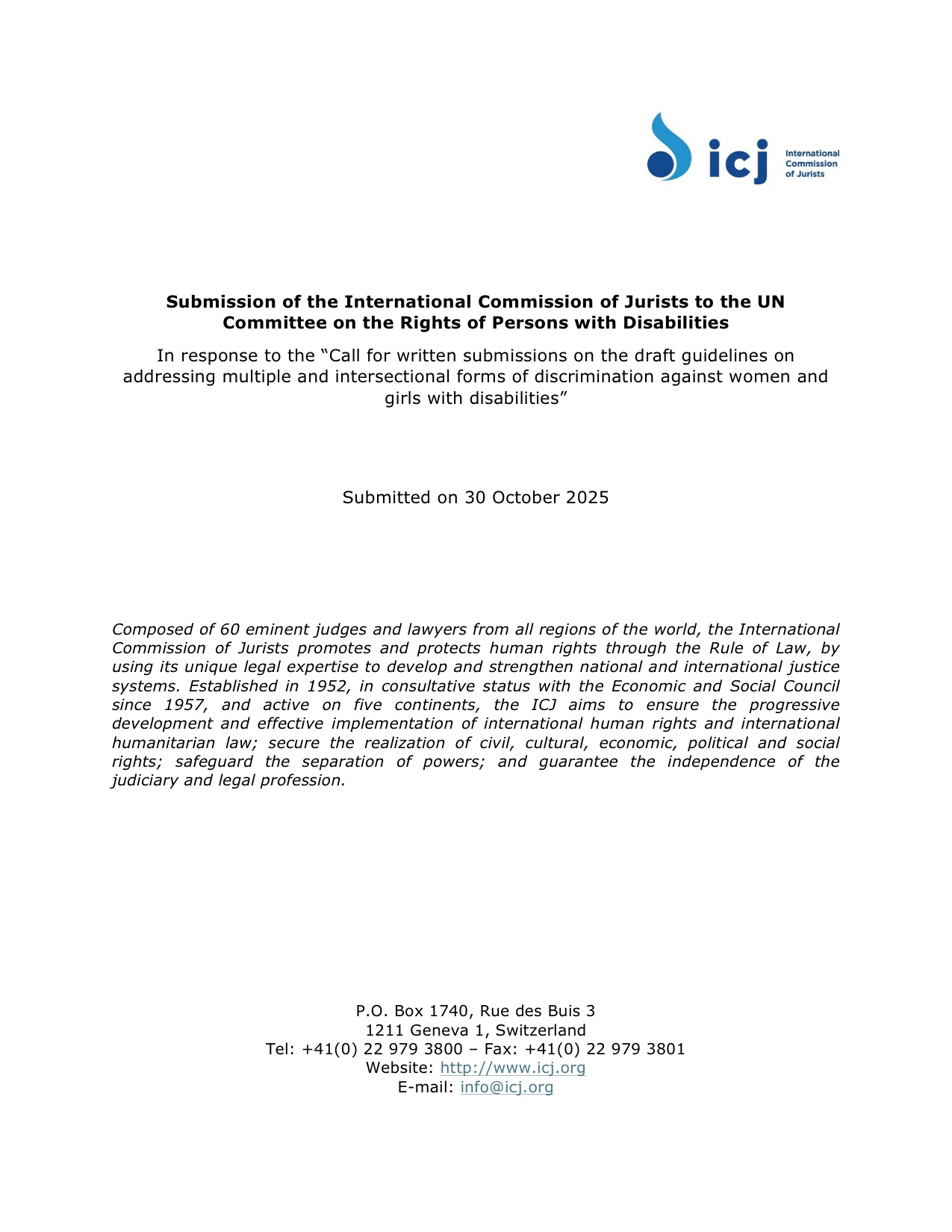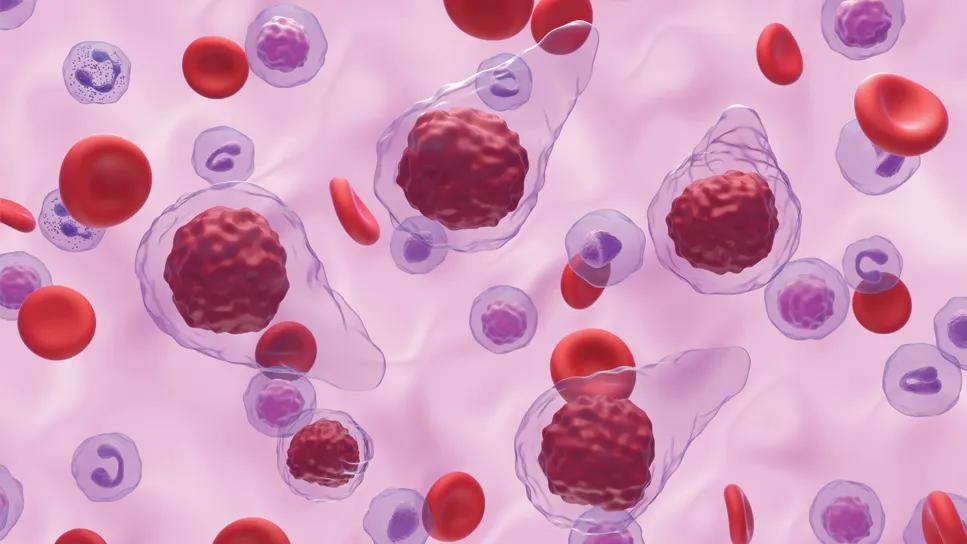Therapeutic potential of houttuynia cordata polysaccharide in H1N1 and MRSA-induced acute pneumonia – News-Medical

Report on a Novel Polysaccharide Treatment for Coinfection Pneumonia and its Implications for Sustainable Development Goal 3
Introduction: Addressing Global Health Challenges in Line with SDG 3
The global burden of respiratory coinfections, involving both viruses and bacteria, represents a significant impediment to achieving Sustainable Development Goal 3 (SDG 3), which aims to ensure good health and well-being for all. These complex infections contribute substantially to worldwide morbidity and mortality, challenging the progress towards Target 3.3, which calls for an end to epidemics of communicable diseases. A recent study published in Acta Pharmaceutica Sinica B presents a promising therapeutic avenue that aligns with these global health objectives by investigating a novel polysaccharide for treating acute pneumonia.
Research Overview and Key Findings
The study focused on a homogeneous polysaccharide derived from Houttuynia cordata (HCPM) and its efficacy in a murine model of coinfection with influenza A virus (H1N1) and methicillin-resistant Staphylococcus aureus (MRSA). The emergence of antimicrobial-resistant bacteria like MRSA is a critical global health risk, making this research particularly relevant to SDG Target 3.d, which focuses on strengthening capacities for managing such risks.
The primary outcomes of administering HCPM to the coinfected murine model were significant and directly support the aims of SDG 3:
- A marked improvement in the survival rate of subjects.
- Significant mitigation of weight loss associated with the severe illness.
- Amelioration of pathological damage within the gut-lung axis.
- A notable reduction in the production of inflammatory cytokines.
Interestingly, the therapeutic impact of HCPM was observed to initiate in the intestine before manifesting in the lungs, suggesting a systemic regulatory mechanism.
Mechanism of Action: Modulating Immune Regulatory Networks
The research elucidated the complex mechanism through which HCPM confers its therapeutic benefits. Rather than acting as a direct antiviral or antibacterial agent, HCPM functions as a potent immunomodulator. Its mechanism contributes to a deeper understanding of host-pathogen interactions, a key area for developing new health technologies as envisioned by the SDGs.
- Anti-Complement Activity: HCPM was found to inhibit the overactivation of the intestinal complement system, specifically components C3a and C5a.
- Inflammasome Suppression: The treatment suppressed the activation of the NLR family pyrin domain-containing 3 (NLRP3) inflammasome pathway, a key driver of inflammation.
- Immune Cell Balance: By regulating the complement and inflammasome pathways, HCPM effectively rectified the Treg/Th17 cell imbalance, a critical factor in controlling the immune response in the gut-lung axis.
Conclusion: Advancing Progress Towards Sustainable Health Goals
This study’s findings have profound implications for the pursuit of global health security and the Sustainable Development Goals. The research demonstrates the potential of an anti-complement polysaccharide to effectively treat severe pneumonia arising from viral-bacterial coinfections.
- Contribution to Target 3.3: By providing a novel strategy against complex communicable diseases, this research offers a new tool to combat health threats that undermine global well-being.
- Addressing Antimicrobial Resistance: The efficacy of HCPM against an MRSA coinfection highlights an alternative approach to fighting antibiotic-resistant pathogens, a cornerstone of managing global health risks under Target 3.d.
- Path to Universal Health Coverage (Target 3.8): Investigating naturally derived compounds like HCPM could lead to the development of new, potentially affordable, and accessible medicines, contributing to the goal of quality healthcare for all.
In conclusion, the research on HCPM underscores the importance of exploring immunomodulatory therapies to address multifaceted diseases, thereby advancing the international community’s commitment to SDG 3 and a healthier future for all.
Analysis of Sustainable Development Goals (SDGs) in the Article
1. Which SDGs are addressed or connected to the issues highlighted in the article?
- SDG 3: Good Health and Well-being: The article’s primary focus is on a significant health issue—acute pneumonia caused by the coinfection of the H1N1 virus and MRSA bacteria. It explicitly states that this coinfection is a “major cause of morbidity and mortality worldwide.” The research presented aims to develop a new therapeutic approach to ameliorate this deadly disease, directly contributing to the goal of ensuring healthy lives and promoting well-being.
- SDG 9: Industry, Innovation, and Infrastructure: The article is a publication detailing a scientific study on a novel treatment. This represents an advancement in scientific research and innovation. The development of a new polysaccharide-based therapy to combat a complex disease like coinfection pneumonia is a clear example of using scientific research to create innovative solutions for global challenges, which is a core component of SDG 9.
2. What specific targets under those SDGs can be identified based on the article’s content?
-
Under SDG 3: Good Health and Well-being:
- Target 3.3: By 2030, end the epidemics of AIDS, tuberculosis, malaria and neglected tropical diseases and combat hepatitis, water-borne diseases and other communicable diseases. The article addresses a severe communicable disease, acute pneumonia, caused by a viral-bacterial coinfection (H1N1 and MRSA). Researching and developing effective treatments like the one described (HCPM) is a crucial step toward controlling and reducing the mortality associated with such widespread communicable diseases.
- Target 3.d: Strengthen the capacity of all countries, in particular developing countries, for early warning, risk reduction and management of national and global health risks. The coinfection is described as a global issue. Developing a new therapeutic agent that can treat a complicated infection, especially one involving an antibiotic-resistant bacterium (MRSA), directly strengthens the global capacity to manage complex health risks that current treatments (vaccines and antibiotics) may not fully address.
-
Under SDG 9: Industry, Innovation, and Infrastructure:
- Target 9.5: Enhance scientific research, upgrade the technological capabilities of industrial sectors in all countries… including… encouraging innovation and substantially increasing the number of research and development workers. The article itself, being a “new article publication from Acta Pharmaceutica Sinica B,” is a direct product of scientific research. The study investigates a novel mechanism (gut-lung axis modulation) and a new therapeutic agent (HCPM) to solve a pressing health problem, which exemplifies the enhancement of scientific research and the encouragement of innovation.
3. Are there any indicators mentioned or implied in the article that can be used to measure progress towards the identified targets?
-
For Target 3.3: The article provides clear, measurable indicators used within the study that mirror the metrics for tracking progress against communicable diseases.
- Mortality Rate: The article states that the coinfection is a “major cause of… mortality worldwide.” The study’s success is measured by how the treatment “significantly improved survival rate,” which is a direct measure used to track progress in reducing deaths from communicable diseases.
- Morbidity Rate: The text mentions “morbidity” as a major consequence of the coinfection. The study measures improvements in health outcomes through indicators like reduced “weight loss” and amelioration of “gut–lung damage,” which are proxies for measuring a reduction in the severity and prevalence of the disease (morbidity).
-
For Target 9.5: The article implies indicators related to research and development.
- Research and Development Output: The existence of the “new article publication” itself is an indicator of research output. The number of scientific and technical journal articles is a formal indicator (9.5.1 under the old framework, now part of the concept) for measuring R&D activity and innovation.
4. Table of Identified SDGs, Targets, and Indicators
| SDGs | Targets | Indicators (Mentioned or Implied in the Article) |
|---|---|---|
| SDG 3: Good Health and Well-being | Target 3.3: End epidemics of communicable diseases. |
|
| SDG 3: Good Health and Well-being | Target 3.d: Strengthen capacity to manage global health risks. |
|
| SDG 9: Industry, Innovation, and Infrastructure | Target 9.5: Enhance scientific research and encourage innovation. |
|
Source: news-medical.net

What is Your Reaction?
 Like
0
Like
0
 Dislike
0
Dislike
0
 Love
0
Love
0
 Funny
0
Funny
0
 Angry
0
Angry
0
 Sad
0
Sad
0
 Wow
0
Wow
0


















-1920w.png?#)






















;Resize=805#)

































